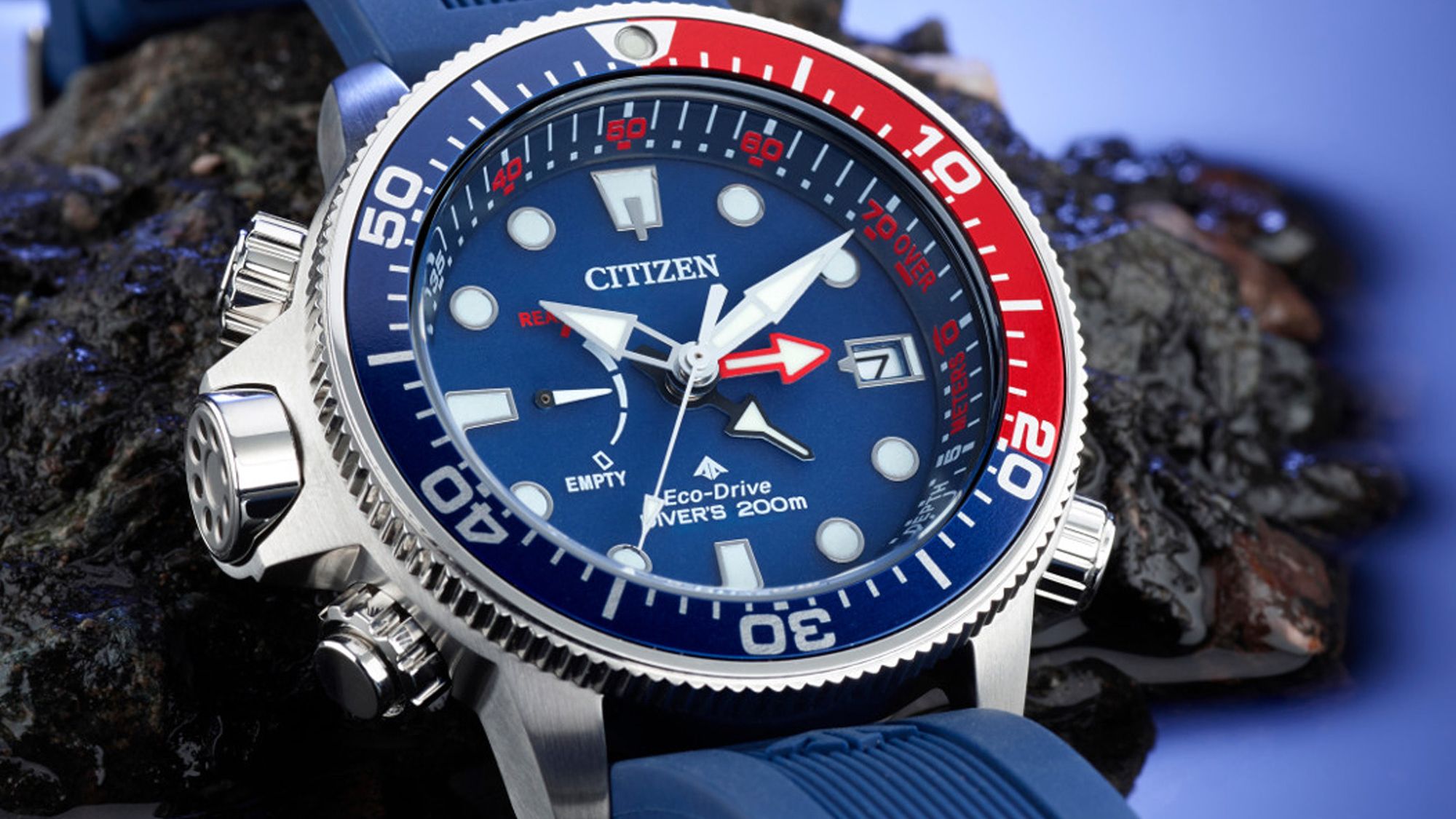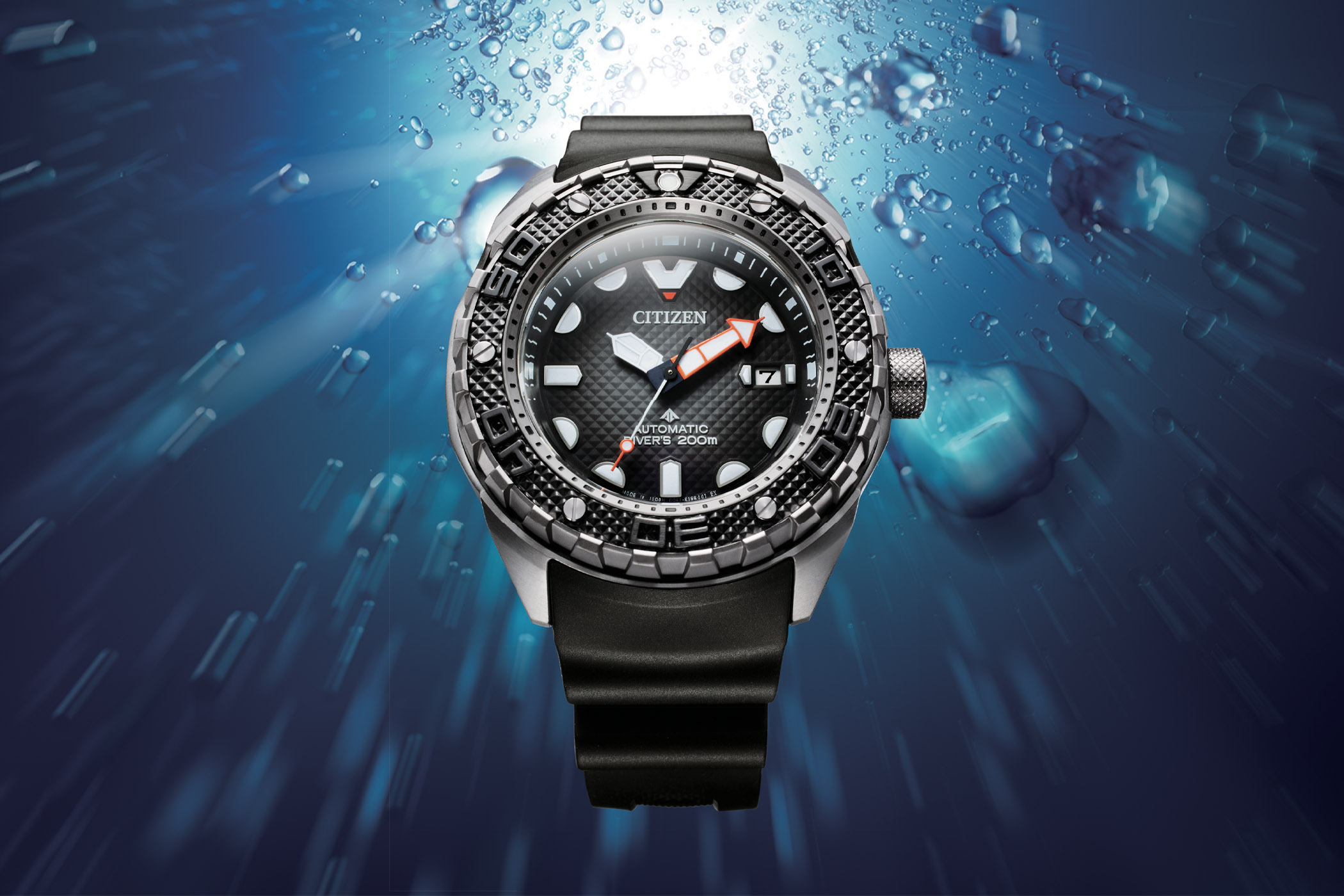
Top 17 Facts About Citizen Watches – Interesting Things to Know
Citizen is one of the most well-known and popular affordable watch brands in the world. Citizen produces millions of watches every year and is popular all over the world. Most known for its quartz watches, Citizen has a long and rich history of constantly innovating, inventing, and improving its products.
Their functionality, paired with their affordable prices, makes them popular amongst all ages and all over the world. If you are curious to learn more about Citizen, you have come to the right place.
In this article, we are taking a closer look at Citizen, the company’s history, and its watches.
Top most interesting facts about Citizen watches
1. The story of Citizen begins in 1918
Citizen is a watch brand with a long and rich history that goes all the way back to 1918. Its story begins when the Tokyo-based Jeweler Kamekichi Yakamazi founded the Shokosha Watch Research Institute and started to produce pocket watches.
The first company launched its first commercial model in 1924 and sold it under the name Citizen. The company grew quickly and became a leading watch producer.
2. World war II was a huge challenge for Citizen
Like most Japanese-based watch companies, World War II was a big challenge for Citizen. As a result of the war, production stopped.
However, after the war, the company was rebuilt and Citizen got a new president, Eiichi Yamada. Yamada had big plans for the future of Citizen and established Citizen Trading Company to start focusing on international expansion.
During this time, Citizen also started to focus more on developing Citizen’s manufacturing expertise and developing new technology for its timepieces. During the post-war time, Citizen also produced a new series of mechanical watches.
3. The story of the name Citizen
Where does the name “Citizen” come from, you may ask? The answer is that the name was given by the mayor of Tokyo, Shinpei Goto who was a personal friend of the founder Kamekichi Yamazaki. In establishing Citizen and the name, the ambition was to create high-quality watches that every citizen could afford.

4. Citizen makes everything in-house
Whilst in-house manufacturing is most often associated with expensive swiss luxury watches, Citizen actually makes everything in-house. All components for its watches are made in-house in Japan, including all movements. This means cases, bracelets, hands, and all other components that are required to create a watch. Moreover, Citizen does not have any manufacturing taking place outside the country.
The fact that an affordable watch brand like Citizen makes everything in-house is an impressive feat that gives the company greater control over the whole production chain, from start to finish.
5. Citizen created an automated assembly line in the 1970s
The 1970s caused the quartz crisis which was a death blow to many Swiss watch companies. Affordable quartz watches from Japan had come around which Swiss mechanical watches couldn’t compete with, not in terms of accuracy, nor in terms of price. The quartz crisis and the cheap quartz watches from Japan would lead to dramatic consequences in the Swiss watch industry, but not for the Japanese companies producing them. And one of which was Citizen.
In the late 1970s, Citizen created an automated assembly line to mass produce quartz watches. This allowed Citizen to produce quartz watches at a massive scale and at affordable prices, thus beating Swiss mechanical watches.
The automated assembly line was an important part of the success of Citizen and its quartz watch production. The automated production line is still used today, although upgraded and modernized.

6. Citizen has the capacity of producing one quartz movement every second
Citizen’s automated assembly line is extremely impressive and the fact that it can mass-produce quartz movements so effectively is a big reason for the company’s success. Thanks to the large and rapid production, Citizen can keep the prices down and make affordable timepieces. Today, Citizen’s factory situated in Lida could produce one quartz movement every second! Moreover, Citizen has at least 10 of these production lines. As you can see, Citizen’s production capacity and the volumes they can produce are extremely impressive.
Citizen’s production line does not require any human intervention, only for the setup of the machinery and to resolve issues
7. Citizen created the world’s first multi-band atomic watch in 1993
When it comes to digital and quartz watches, Citizen has always been at the forefront of development and technology by pushing boundaries. In 1993, Citizen released the world’s first multi-band atomic watch which was accurate to within one second in one hundred thousand years. This goes to show Citizen’s devotion to innovation and constantly perfecting its products.
8. Citizen also produces high-end watches
Whilst Citizen is most known for its affordable timepieces, Citizen also manufactures high-end watches. These watches are made by staff that Citizen calls Meisters and Super Meisters. An example of a high-end watch from Citizen includes the Citizen Chronometer.
These timepieces are hand assembled by a single watchmaker. And to make these timepieces, Citizen has strict requirements. To become a Super Meister watchmaker, you must have at least 30 years of experience inside of Citizen. In other words, only the best of the best are allowed to work on these watches.
Citizen’s high-end division shows that Citizen is not only able to mass-produce affordable watches but also work with fine watchmaking.

9. Citizen has put a lot of focus on ultra-thin watches
When it comes to ultra-thin watches, Citizen has many achievements. In 1962, Citizen released its Diamond Flake model which became the thinnest men’s watch with center seconds on the market. The movement measured just 2.75mm in thickness.
In 1978, Citizen created the world’s thinnest quartz watch, measuring only 1.00 mm in thickness!
10. Citizen has created some of the world’s most accurate watches
Citizen has consistently pushed the boundaries of what is possible when it comes to accuracy. In 1975, Citizen released the Crystal Mega with an accuracy of +/- 3 seconds.
In 2018, Citizen set a world record when they released the prototype Caliber 0100 with a staggering accuracy of +/- 1 second a year.
11. Citizen bought Bulova Watch Company in 2008
In 2008, Citizen expanded its company by acquiring Bulova Watch Company. Bulova was reportedly acquired for a staggering $250 million, making Citizen the world’s largest watch manufacturer.
12. Citizen further expanded in 2012
In 2012, Citizen acquired Prothor, which is the holding company for La Joux-Perret, a movement and movement and module manufacturer for Hublot, Panerai, and Tag Heuer. At the same time, Citizen also acquired Prototex, a Swiss company making components and parts, and lastly, Arnold & Son, a Swiss luxury watchmaker.

13. Citizen and Seiko together controlled over 80% of the domestic Japanese market in the 1960s
This goes to show the sheer size of citizens at the time and its immense strength on the market. From a global perspective, Japan was the third largest watch manufacturer at the time after USSR and Switzerland. Together with Seiko, Citizen is one of the largest watch brands today.
14. Citizen launched its first solar-powered watch in 1976
Today, Citizen is known for its solar-powered watches. But the first solar watch was actually released back in 1976.
Citizen’s solar-powered watches are known as ”Eco-Drive” which means that they use a quartz movement with a rechargeable battery and have a solar panel placed hidden behind the dial.
Today, solar-powered watches make up a large part of Citizen’s collection of watches which shows just how popular they have become. They are extremely practical as they eliminate the annoying problem of having to change the battery when the quartz watch runs out of power.
15. Citizen has evolved into a huge watch group
As mentioned, Citizen has acquired several companies throughout the years. Today, it is one of the largest watch groups in the world, owning many different companies under the Citizen Holdings Co. parent company.
Today, the holding company holds Citizen, Arnold & Son, Frederique Constant, Alpina, and the Japanese brand Q&Q, amongst others.
16. Citizen launched its first dive watch in 1959
In 1959, Citizen released the Parawater – the company’s first dive watch. This watch also became Japan’s first truly waterproof watch. This particular watch wasn’t technically a true dive watch, however, it led to the creation of a new range of dive watches from Citizen in 1982 in the Promaster Marine range 1982. In the same year, Citizen also released the 1300M professional diver’s watch which became the world’s most pressure-resistant timepiece at the time.
17. Citizen’s Skyhawk A-T line features radio-controlled timekeeping
Continuing to innovate and invent, Citizen released the Skyhawk A-T, a watch that features radio-controlled timekeeping, able to synchronize the time with radio clocks in Japan, North America, and Europe. This allows for excellent time-keeping and accuracy capabilities.
Moreover, the watch can keep track of two time zones – both home and world time.





This is second Citizen Solar watch I bought from Macy’s the last three years, and now my present Citizen
watch stopped running as my first had and occasionally starts for a short period and stops again.
I Surely enjoy its perfect function when operating.
Joseph Bashara……jbashara@ Mac.com
Hi,
If it is battery-powered, you may need to take it to a watchmaker to have the battery changed. This is usually what causes it to stop for Citizen watches.
Kind regards,
Millenary Watches